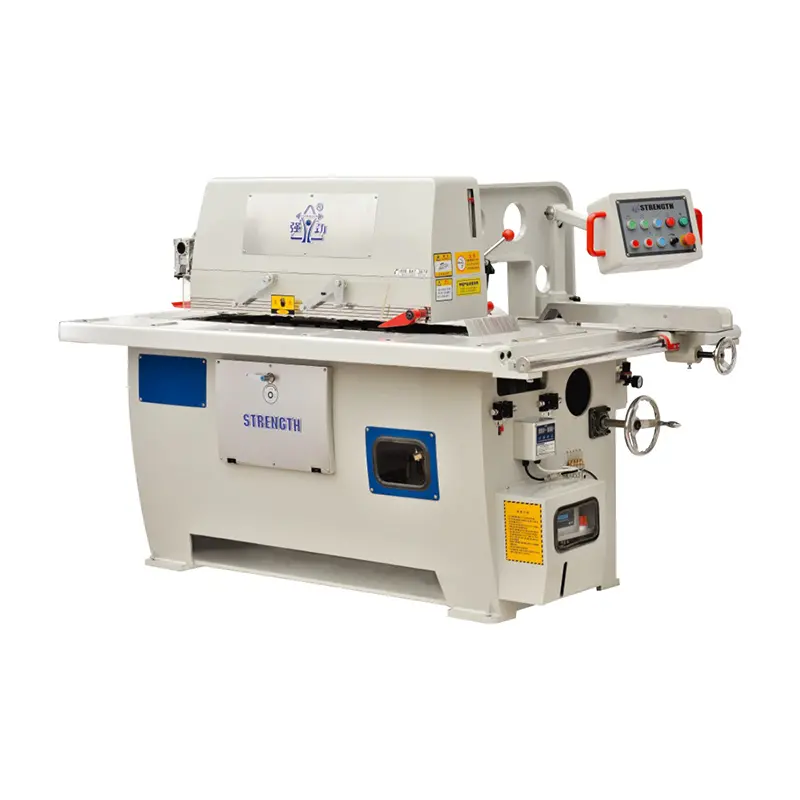If you’re a woodworking or DIY enthusiast, you’ve probably heard of the importance of joints in creating a smooth, flat surface for your woodworking projects. A jointer is an important tool that plays a key role in ensuring that your wood pieces have perfect edges, but what exactly is the main purpose of a jointer and how does it work? Let’s delve into the world of connectors and explore their main uses.

The main purpose of a jointer is to flatten and straighten the edges of a piece of wood. It’s an essential tool for creating perfectly flat surfaces, which is essential for creating woodworking projects like tabletops, cabinets, doors, and more. Without connectors, achieving a precise and seamless connection when joining two pieces of wood together can be difficult.
So, how do joints work? The joining machine consists of a worktable with a rotating cutter head and a fence. Place the wood chip on the table and as it passes over the cutter head, it shaves off any uneven or protruding edges, creating a smooth, flat surface. Fences help guide the wood, ensuring that the edges are straight along the entire length of the wood.
One of the main benefits of using a connector is that it creates perfectly square edges. This is essential to ensure a tight, seamless connection when joining the wood pieces together. Whether you’re crafting a tabletop, assembling cabinets, or building doors, having perfectly square edges is crucial to achieving a professional and polished finish.
In addition to creating a flat and straight edge, a connector can also be used to flatten one face of a piece of wood. This is especially useful when working with rough wood that may have uneven surfaces. By using a jointer to flatten one side of the wood, you can then run it through a planer to achieve a consistent thickness, resulting in high-quality and uniform wood pieces for your project.
Additionally, connectors can be used to create chamfers, bevels, or notches on the edges of wood pieces to add decorative details or functional features to your woodworking projects. The jointer’s versatility makes it a valuable tool for woodworkers of all skill levels.
When choosing a connector, there are several factors to consider. The size of the connector is an important consideration, as it should be able to accommodate the size of the wood pieces you typically use. Additionally, the type of cutterhead, motor power, and overall build quality are all important factors to consider when selecting an adapter for your shop.
In summary, the main purpose of a jointer is to flatten, straighten, and square the edges of wood pieces to create seamless seams and professional-quality woodworking projects. Whether you are an experienced woodworker or just starting out, a connector is a valuable tool that can take your woodworking skills to the next level. Investing in high-quality connectors will not only improve the quality of your work, but also expand your ability to create a variety of woodworking projects. So the next time you embark on a woodworking job, remember the critical role that a jointer plays in achieving precise and flawless results.
Post time: Feb-26-2024
